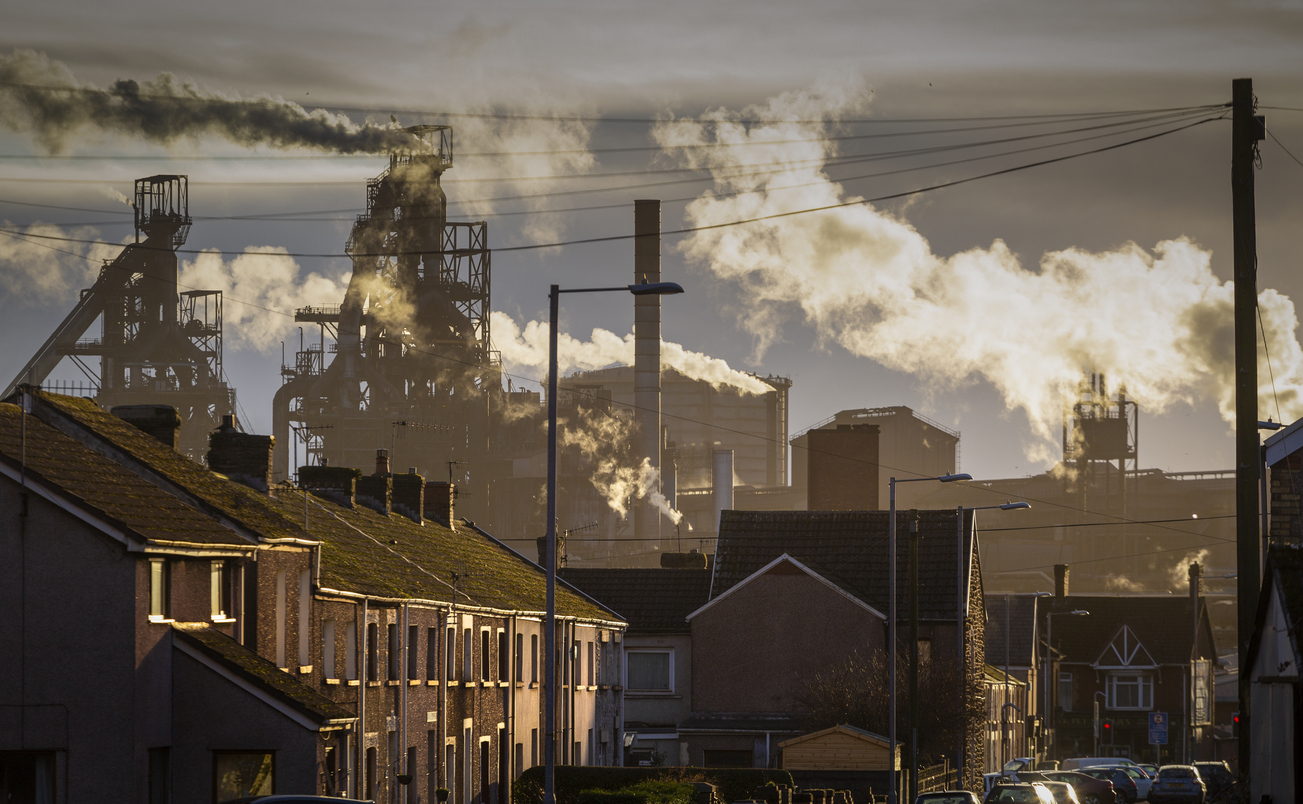

Hydrogen is only solution for world’s biggest decarbonisation challenge
The global economy cannot do without steel and decarbonising steel is not possible without clean hydrogen.
While there is a whole raft of applications for hydrogen, from decarbonising transport to cleaning up industrial processes to domestic heating, the above fact alone demonstrates the opportunity for investing in hydrogen.
According to a recent report from Wood Mackenzie, 50 megatons of competitively priced green hydrogen will need to be produced every year if the steel industry is to reduce its carbon footprint by the required 90% by 2050.
That means 550-600 GW of electrolyser capacity will need to be installed by the middle of the century, about 2,000 times the 257 MW installed today.
Electrolysers powered by renewable energy are used to split water molecules into their constituent parts to produce hydrogen and oxygen.
Clean hydrogen is used in the production of direct reduced iron (DRI), an essential ingredient of green steel.

According to a recent report from Wood Mackenzie, 50 megatons of competitively priced green hydrogen will need to be produced every year if the steel industry is to reduce its carbon footprint by the required 90% by 2050.
The entire bill for decarbonising the steel industry, including 2,000 GW of renewable energy generation capacity, 470 mt of carbon capture and storage and transitioning to greener iron ore feedstock will be about $1.4 trillion, of which about $176 billion is needed for building a green hydrogen ecosystem, according to Wood Mackenzie.
In short, a lot of clean hydrogen is going to be needed to clean up the steel industry, an essential commodity if we are to continue to construct buildings, make cars and the thousands of other things in which steel is a fundamental material.
The industry has no choice but to embrace hydrogen. Carbon pricing and forthcoming carbon border taxes from the likes of the EU will ensure that steel producers have to decarbonise if they want to sell into the world’s largest economic area.
Steel production accounts for about one quarter of Europe’s carbon emissions.
Demand is also being driven by ethical brands and, ultimately, consumers, who are willing to pay a premium for products with a lower carbon footprint.

The steel industry has no choice but to embrace hydrogen. Carbon pricing and forthcoming carbon border taxes from the likes of the EU will ensure that steel producers have to decarbonise if they want to sell into the world’s largest economic area.
In May, Volvo Trucks announced it will start using green steel manufactured with hydrogen to build its heavy-duty vehicles.
From the third quarter of 2022, it will begin introducing the hydrogen-based steel, produced by Swedish steel manufacturer SSAB.
Initially, the green steel will be used in the vehicles’ frame rails, onto which its other main components are mounted. As more of the fossil fuel-free steel becomes available, Volvo will begin to use it in other parts of the trucks.
“We will increase the use of fossil-free materials in all our trucks to make them net-zero not only in operation – but also when it comes to the materials they are built of,” said Jessica Sandström, senior vice president of product management at Volvo Trucks.
The collaboration between Volvo and SSAB is not their first – in October 2021, Volvo began using green steel in the manufacture of a load carrier for mining and quarrying.
In June, 2022, a group of steel buyers, hydrogen producers and an EU-funded innovation hub joined forces to invest about €2.2bn into developing one of Europe’s largest electrolyser projects for the production of hydrogen for DRI.

In May 2022, Volvo Trucks announced it will start using green steel manufactured with hydrogen to build its heavy-duty vehicles.
The GravitHy consortium aims to have completed its first DRI plant in Fos sur Mer, southern France, by 2027, churning out 2 million tonnes per annum of DRI for use in green steel manufacturing.
The following month, German steel producer Salzgitter said it will spend €723m on the first stage of a long-term plan to decarbonise its business by the end of 2033, including the replacement of coking coal with green hydrogen.
Wood Mackenzie says that the clean hydrogen required from his massive demand will need to be produced for $2/kg or less to make the economics work. Such prices are already within touching distance in some parts of the world, such as the UAE and Brazil, where renewable energy prices are very low, and will become attainable even in higher cost regions, such as Europe in the coming years.
Following the ground-breaking tax break that is part of the Biden administration’s Inflation Reduction Act, green hydrogen prices could be as low as 73 cents/kg in some parts of the US, the cheapest in the world.
The future of the steel industry is being written today.
To learn more about HYCAP click here.